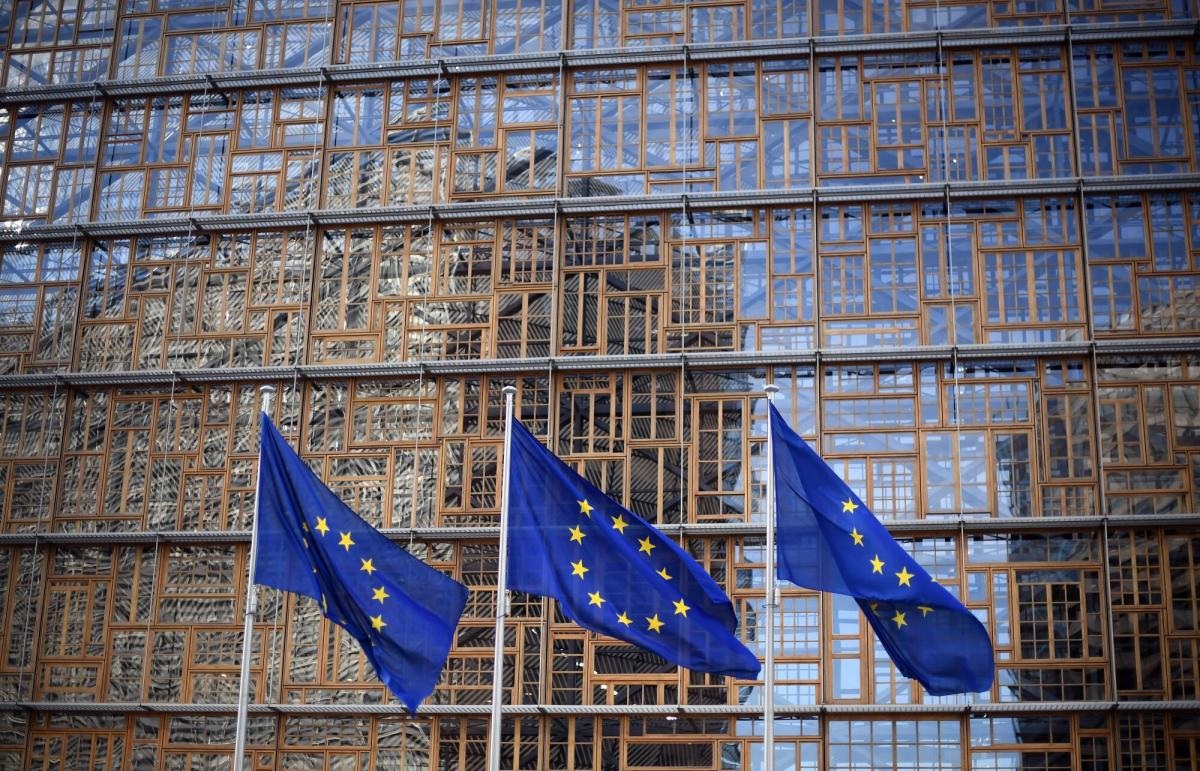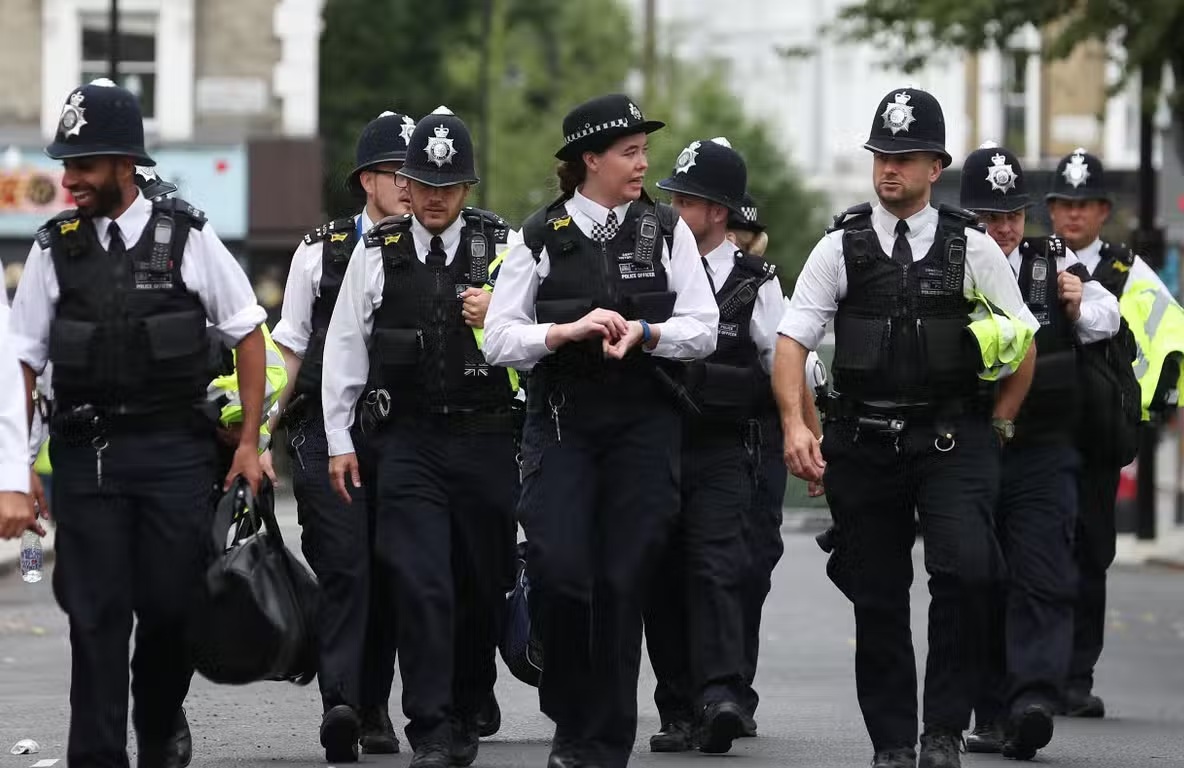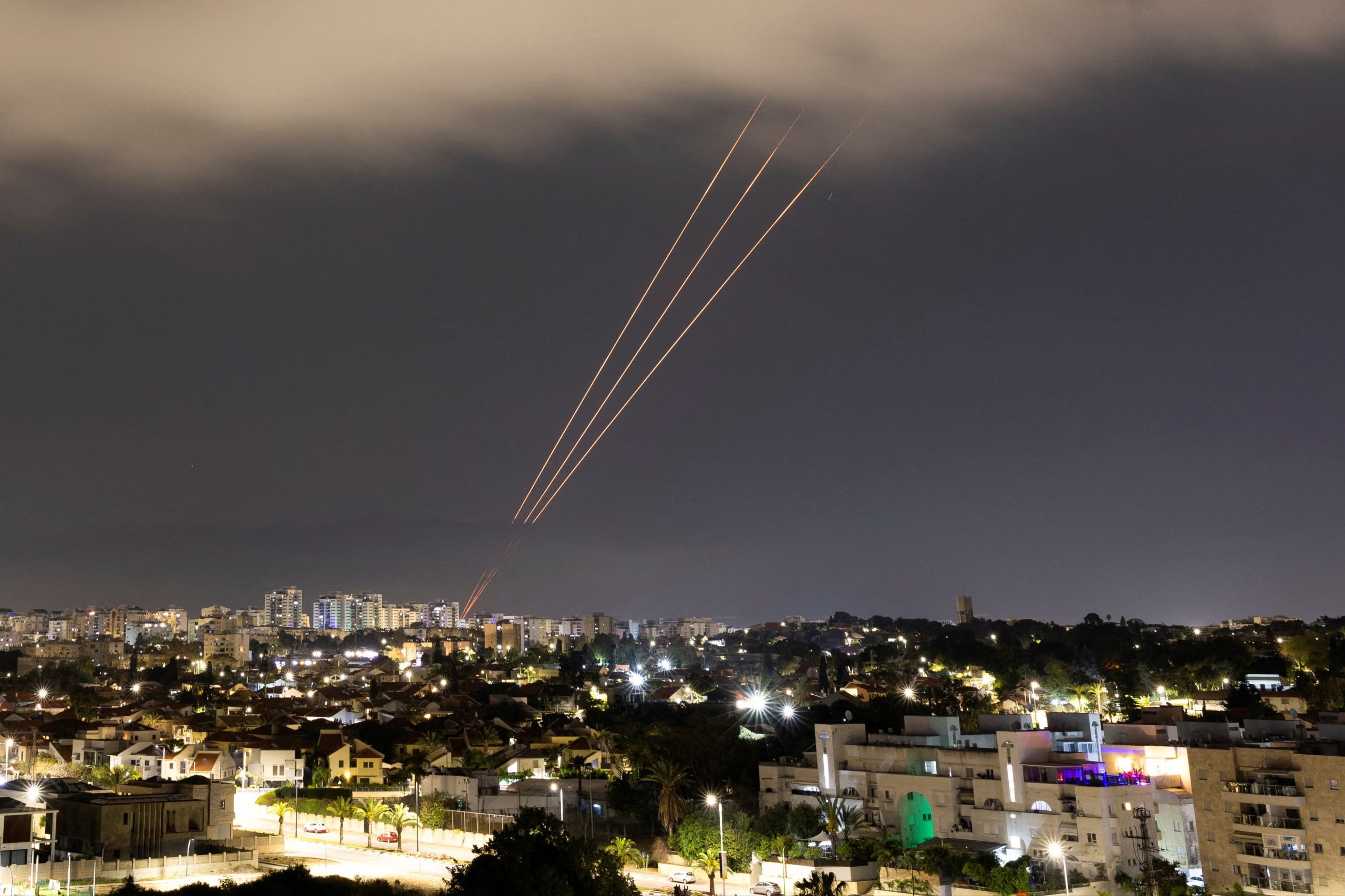European Centre for Counterterrorism and Intelligence Studies, Germany & Netherlands – ECCI
What If the War in Ukraine Spins Out of Control?
Foreignaffairs – The war in Ukraine will soon enter its sixth month. For all the talk of Russia crossing the West’s red lines with its conduct in the war and of the West crossing Russia’s red lines with its military assistance to Ukraine, the true red lines have not yet been breached. At the outset of the war, both sides hashed out a set of invisible rules—unspoken but nonetheless real. They include Russia’s acceptance of allied heavy-weapons deliveries and intelligence support for Ukraine, but not the use of Western troops. And they include Western states’ grudging acceptance of Russian conventional warfare within Ukraine’s borders (eager as these countries are to see Moscow defeated), as long as the conflict does not lead to the use of weapons of mass destruction. So far, these invisible rules have continued to function, proof that neither U.S. President Joe Biden nor Russian President Vladimir Putin wants a wider war.
Yet a wider war is certainly possible. After all, no international mechanism controls the conflict. The United Nations has been peripheral, and the European Union stands on one side. The United States is not in a position to end the war on its terms, and neither is Russia nor Ukraine. Talks between Kyiv and Moscow have broken down, and despite ongoing efforts at deconfliction, there has been no U.S.-Russian diplomacy to speak of since February 24, when the war began. Add to this the size and complexity of the conflict, the number of countries involved, and the new technologies in use, and the mixture becomes potentially toxic.
The shared desire of Putin and Biden to avoid a wider war is, therefore, no guarantee that the war will contain itself. A conflict can spin out of control even if neither side makes a deliberate decision to escalate or use nuclear weapons. And although unlikely, a nuclear attack is still in the realm of possibility, given Russian capacity and the opacity of Moscow’s actual nuclear doctrine. Accidental escalation may, in fact, be even more frightening than deliberate escalation, since the latter holds within it the possibility of deliberate deescalation. After all, a willed trajectory is easier to reverse than one that moves ahead of its own volition.
The Cold War may be a useful guide for what lies over the horizon. Given the length of that conflict and the fallibility of political and military leaders on both sides, it was remarkable that the U.S.-Soviet confrontation ended peacefully. But behind the bright miracle of humanity’s survival in a nuclear age are the dark corners of near-confrontation and episodic escalation that characterized the second half of the twentieth century. The war in Ukraine will likely follow this pattern—including phases in which the overall confrontation is well managed, followed by phases in which the conflict abruptly and anarchically intensifies. Policymakers and diplomats on both sides of the Atlantic must prepare for this scenario even more diligently than they prepare for the prospect of intended escalation. The fog of war, made thicker by the speed and unreliability of social media, is real. It can obscure even the best-laid strategies.
RED LINES
Biden has been explicit about where he will not go in Ukraine. He will not intervene directly. He will not sanction NATO involvement in the conflict. He will not dictate to Ukraine war aims more maximalist (or minimalist) than those set in Kyiv. And although the United States is supplying immense amounts of equipment to Ukraine, Biden has emphasized the distinction between Ukraine’s self-defense, to which Washington is unequivocally committed, and Ukrainian strikes on Russia itself. Military support to Ukraine is calibrated along these lines. Biden wants Ukraine to win on its terms and on its territory. He clearly does not want this to become a regional war and has even used a New York Times op-ed to communicate these aims to Moscow.
Putin has been more ambiguous—promising “consequences” for allied military aid. Russian propaganda regularly advocates advances on Berlin or nuclear attacks on London. However overblown, such messaging creates a permissive consensus within the Kremlin and Russian society. In June, amid a dispute over the delivery of goods to Kaliningrad, a Russian enclave separate from mainland Russia, Putin threatened Lithuania with unspecified punitive measures. Lithuania is a NATO member, and a Russian attack would trigger a direct military conflict. Elsewhere, Putin could engineer or exploit crises in the Balkans to enhance Russia’s position—staging coups, engaging in paramilitary activity, or launching an outright invasion. Major cyberattacks on critical infrastructure in Europe and the United States constitute another risk. Should they occur, the United States and others would likely retaliate, beginning a new chapter in the war.
Some of Putin’s rhetorical ambiguity is bluster. He cannot afford a wider war. Although Russia probably has the money to continue its policy of regime change in Ukraine, the Russian army has huge manpower deficiencies—a function of Putin’s ruinous initial war plan. Any additional conflict, especially against well-equipped NATO forces, would worsen these problems. In theory, then, Putin and Biden can meet halfway. Of the same mind about not wanting a bigger conflagration, they have incentives to abide by the war’s invisible rules.
COLD WAR REDUX?
In their adherence to invisible rules, Putin and Biden have recaptured an important Cold War dynamic. Throughout the latter half of the twentieth century, the United States and the Soviet Union never formally agreed on how to fight proxy wars. Neither side, for instance, established ground rules for the Korean War—the first hot conflict of the Cold War era. Instead, over nearly four decades, both sides improvised their way to a sustainable way of doing business. There was the permissible: mutual denunciation, cultural and ideological competition, espionage, active measures such as propaganda and disinformation campaigns, the pursuit of spheres of influence, interference in the domestic politics of other countries, and support for the other’s adversaries in peace and war (usually sweetened by degrees of plausible deniability). And there was the impermissible: direct military clashes and the use of nuclear weapons.
One can only guess at today’s invisible rules. For Western countries, the most important appears to be keeping their uniformed soldiers out of war. Departing from the etiquette of the Cold War, the United States has abandoned the plausible deniability it cultivated while supporting Afghanistan’s mujahideen in their fight against Soviet forces in the 1980s. In Ukraine, Washington and its allies have openly provided the Ukrainian military with heavy weapons, military training outside Ukraine, and intelligence sharing to identify targets. Russia, for its part, has not targeted weapons convoys headed into Ukraine while they are still on NATO territory. Nor has Russia disrupted the steady flow of U.S. and allied political leaders into Kyiv, all of whom must travel through a country at war. This kind of restraint would have been unthinkable in World War II but was typical of the Cold War.
WALK THE LINE
What could threaten the invisible rules that the United States and Russia have established? One possibility is sheer accident. The other is a cycle of events that “demands” escalation. To be sure, these possibilities can converge, and a single accident could be the pretext for an escalatory spiral—as occasionally occurred during the Cold War.
Consider the Cuban missile crisis. Too often celebrated as an instance of U.S. President John F. Kennedy’s cool, the 1962 showdown between Moscow and Washington over Soviet nuclear missiles in Cuba almost culminated in disaster. Soviet Premier Nikita Khrushchev overreached; Cuban President Fidel Castro was overzealous; Kennedy lucked into a workable solution—trading the removal of U.S. missiles in Turkey for the removal of Soviet missiles in Cuba. The only mechanism that deescalated the crisis was Khrushchev and Kennedy’s ability to communicate and to find common ground, a modest mechanism indeed. Later, in 1983, in an atmosphere of high Cold War tension, the Soviet Union misread NATO’s “Able Archer” exercise—simulating a conflict escalation—as a real-life nuclear attack and came close to launching a disastrous retaliatory strike. Once again, the invisible rules of the Cold War came close to malfunctioning. Perhaps two such cataclysms averted is not bad for a 40-year conflict. Perhaps it is two too many.
The war in Ukraine is similarly prone to accident. Today, the concerns fall mostly on the Russian side. The war’s invisible rules may be fully apparent to Putin but less so to his commanding officers, many of whom are dealing with the frustration of battlefield setbacks, equipment problems, inadequate manpower, and a Ukrainian military that has fought with skill and resolve. Their adventurism could encourage an air or missile strike outside of Ukraine—for example, to halt the passage of weapons into Ukraine. That, of course, would be a Russian attack on a NATO member state, and not because the Kremlin directly made a risky choice. The risk, of course, is that Washington would interpret such an attack as Kremlin-directed escalation. Having based his entire war on prevarication, Putin might have no credible means of changing this interpretation and no ability or willingness to communicate a mistake. A Russian-NATO war would be imminent.
An instructive case study in interpretation and reaction comes from 2014. In July of that year, Russian-controlled separatists in eastern Ukraine downed a civilian aircraft, Malaysian Airlines flight MH17, with a Buk surface-to-air missile, resulting in 298 deaths—primarily Dutch citizens. Instead of communicating the mistake via its proxies or staying silent, Moscow engaged in absurd allegations and disinformation—putting forward dozens of contradictory explanations. This incident did not escalate beyond a war of words, as the conflict in Ukraine was still localized and limited in scale. The outraged Netherlands never contemplated military action. A comparable set of circumstances might have a different outcome today, however. Unlike in 2014, there would be immense pressure on NATO to do something, and many already-nervous countries would interpret the attack as a sign that Russia was expanding its war.
As this example underscores, Moscow’s propaganda adds to the confusion of war. Under the Kremlin’s influence, Russian media consistently characterizes the 2022 war as a conflict between Russia and the West, rhetorically walking up to the precipice of a wider war. When Lithuania threatened to block goods going to Kaliningrad, for instance, Russia’s official rhetoric was bellicose, almost as if Putin were issuing an ultimatum. Most likely, he was merely posturing for a Russian audience. Although both sides eventually defused the crisis, Russia’s attempt to keep the conflict on a slow boil through domestic propaganda is a trap in which the Kremlin may eventually catch itself.
Another kind of accident could take place on the Ukrainian side. While striking military targets in Russia, Ukraine’s military could miscalculate and hit a major civilian target inside Russia. This is obviously something that Moscow does without any qualms in Ukraine itself, where Russian missile attacks are killing civilians—including children and the elderly—every day. Still, the Kremlin could use a Ukrainian attack, especially with externally supplied weapons, as a pretext to retaliate against allied military supplies very close to or even on NATO territory. Putin would likely assume that Western states supported the Ukrainian attack, much as he assumed that the 2014 Maidan uprising that led to the ouster of Russian-backed Ukrainian President Viktor Yanukovych was a CIA plot. Deconfliction alone, absent high-level communication between Moscow and Washington, might not be enough to unwind a crisis.
Finally, an unintended escalatory cycle resembling the Cuban missile crisis could expand into a regional or world war. Despite its peaceful resolution, the 1962 crisis is a cautionary tale. Khrushchev failed to anticipate Kennedy’s strong reaction, in part because he did not expect Washington to discover the missiles before they were fully in place. He mistakenly thought that he could outflank Kennedy through secrecy, luck, and bluster. Putin may be less erratic than Khrushchev, but he has already demonstrated his inability to read Ukrainian politics, military capabilities, and morale. He could, out of hubris or out of rage, conclude that his only way forward is to up the ante, dramatically escalating the war as a way of pushing Western countries back on their heels and scaring them off once and for all. He might fail to anticipate the reaction this would provoke within the United States and its allies. If so, like Khrushchev, Putin would face an excruciating decision. Up the ante further or back down.
NO EASY ANSWERS
Despite these risks, studied patience and calm can keep the conflict in Ukraine from exploding out of control. Success in war validates decisive action and speed, but the complexity of war can also validate going slowly. In the event of an accident—a Russian act of war against a country outside of Ukraine, say, though not one ordered by Putin—it will be crucial for Washington and its allies to review the situation meticulously. Evidence may be hard to come by, but the U.S. response should be calibrated with level-headed logic, not necessarily the logic of tit for tat. Otherwise, it might prove impossible for either side to reverse an unnecessary escalatory cycle.
Western countries cannot deliver Putin from his temptations to enlarge the conflict. Only he can do that, and so far, the United States has acted with circumspection. Washington has established channels for military deconfliction that have served both sides well in Syria. Hopefully, they will continue to do so in Ukraine. The United States should remind itself and its allies again and again about the stakes of undesired escalation and the necessity of seeing Russian rhetorical provocations for what they are. The best response to trolling, something Putin loves to do, is ignore it. The same should be true for Putin’s nuclear threats. Verbal ugliness need not always be countered. It, too, can be strategically ignored.
There is no silver bullet for avoiding a wider war. Talks, negotiations, and diplomacy will not do the trick. Putin can be restrained only by the application of force, and the application of force is never without risks. The first step toward a good long-term policy is to recognize the novelty of this moment: a major war likely to last for years, festering at the heart of an international system drawing closer to anarchy. Educated to follow the rules of a liberal international order, allied policymakers and diplomats must now learn to navigate the absence of order.
The less apocalyptic the perspective of Washington and its allies, the better. The United States and Russia are not on the verge of World War III. Not every move is existential. The Russian military suffers under countless and increasing constraints, whereas the war in Ukraine will constantly turn up new, uncertain, disturbing, and frightening contingencies. The world will have to learn to live with it. The Cuban missile crisis lasted for 13 days. The crisis generated by the war in Ukraine will last for a long time to come.




